Wastewater treatment terms are essential for understanding the complex processes involved in treating industrial and municipal wastewater. Whether you are a plant operator, environmental engineer, or industry newcomer, mastering these terms helps improve communication, ensure regulatory compliance, and optimize treatment efficiency.
This comprehensive glossary provides clear definitions of key wastewater treatment concepts, from aeration and activated sludge to biochemical oxygen demand (BOD) and dissolved solids. By familiarizing yourself with these terms, you can navigate the industry more effectively and make informed decisions in wastewater management.
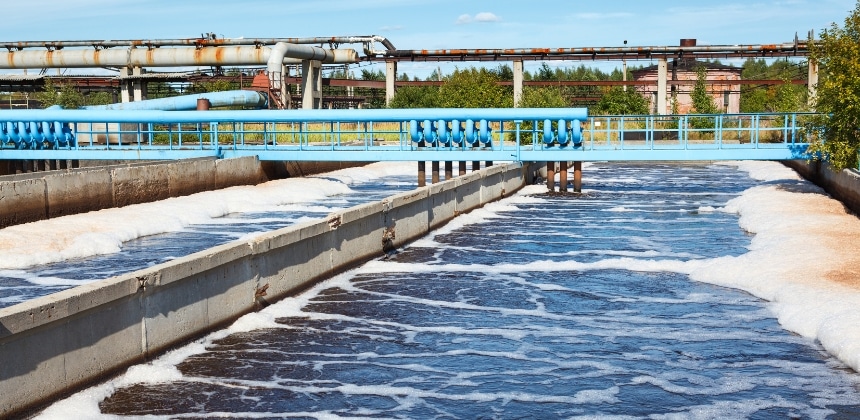
- Domestic sewage: mainly human life is used in a variety of kitchen water, washing water and bathroom water produced by the discharge of water, mostly non-toxic inorganic salts, domestic sewage contains nitrogen, phosphorus, sulfur, pathogenic bacteria.
- Municipal sewage: the collective name of the sewage discharged into the urban sewage system. Including production wastewater and intercepted rainwater. Municipal sewage mainly includes domestic sewage and industrial sewage, collected by the urban drainage network and transported to the sewage treatment plant for treatment.
- Industrial wastewater: refers to the wastewater, sewage and waste liquid produced in the industrial production process, which contains industrial production materials, intermediate products and products lost with water, as well as pollutants produced in the production process.
- COD: chemical oxygen demand, the amount of oxidant consumed in the process of chemical oxidation of substances that can be oxidized in water bodies under specified conditions, expressed in milligrams of oxygen consumed per liter of water sample, usually recorded as COD.
- BOD: ground water body of microbial decomposition of organic matter in the process of consumption of dissolved oxygen in the water, called biochemical oxygen demand, usually recorded as BOD, commonly used units for mg / l.
- TOC: refers to the total amount of dissolved and suspended organic matter in water containing carbon, reflecting the content of oxidized organic compounds in water, the unit is ppm or ppb.
- Ammonia nitrogen: refers to the nitrogen present in water in the form of free ammonia (NH3) and ammonium ions (NH4+).
- Total nitrogen: TN, is the total amount of various forms of inorganic and organic nitrogen in water.
- Total phosphorus: TP, the water sample by disintegration of various forms of phosphorus into orthophosphate after the measurement of the results, measured in milligrams of phosphorus per liter of water sample.
- Chromaticity: refers to the dissolved substances or colloidal substances contained in the water to show the degree of yellow or even yellowish-brown.
- Wastewater screen: used to remove floating substances in the water.
- Primary sedimentation tank: also known as a sedimentation tank, sewage treatment for the removal of sinkable and floating materials in the structure.
- Regulating pool: used to regulate the flow of incoming and outgoing water structures. Mainly for the regulation of water quantity and quality, as well as the pH of the sewage, water temperature, pre-aeration regulation, can also be used as accidental drainage.
- Grease trap: the use of wastewater in suspension and the specific gravity of water to achieve the purpose of separation.
- Air flotation: generate a large number of micro bubbles in the water, so that the air is attached to the suspended particles in the form of highly dispersed micro bubbles, resulting in a state of less density than water, using the principle of buoyancy to make it float on the water surface, so as to achieve solid-liquid separation.
- Biochemical pool: biochemical treatment of bacterial metabolism in the field pool.
- Secondary sedimentation tank: that is, the secondary sedimentation tank, the second sedimentation tank is an important part of the activated sludge system, its role is mainly to make sludge separation, so that the mixture of clarification, concentration and reflux activated sludge.
- Stratified sedimentation tank: pool body plane is rectangular, the import and export are set at the two ends of the pool length.
- Sludge tank: generally used to hold the return flow of sludge and residual sludge pool.
- Monitoring pool: also known as the clear water pool, used to hold treated sewage.
- Coalescence: colloid loss of stability process. Commonly known as colloid destabilization.
- Flocculation: the process of destabilized colloids agglomerating with each other into large particle flocs.
- Raw water: Is the natural water without any treatment or city tap water, also called raw water
- Aeration: The process of transferring O2 from the air into the mixture to be used by microorganisms. The purpose is to provide the dissolved oxygen required by microorganisms such as activated sludge and to ensure the oxygen demand of the microbial metabolic process.
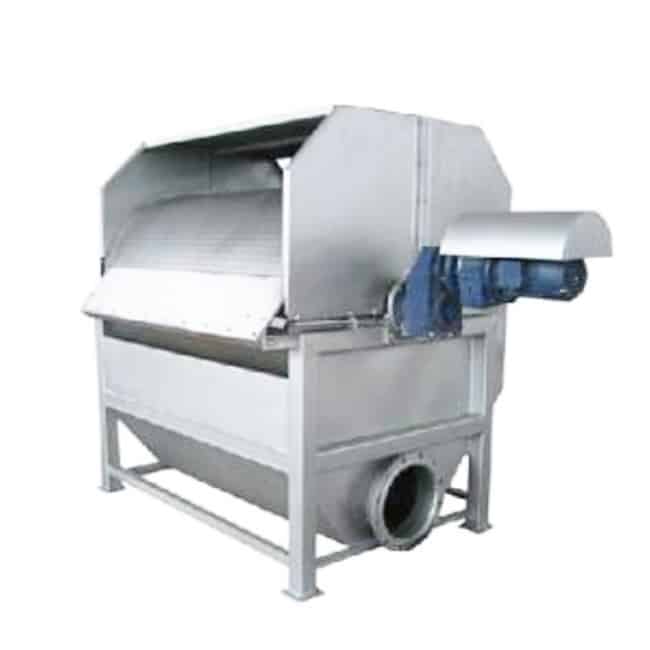
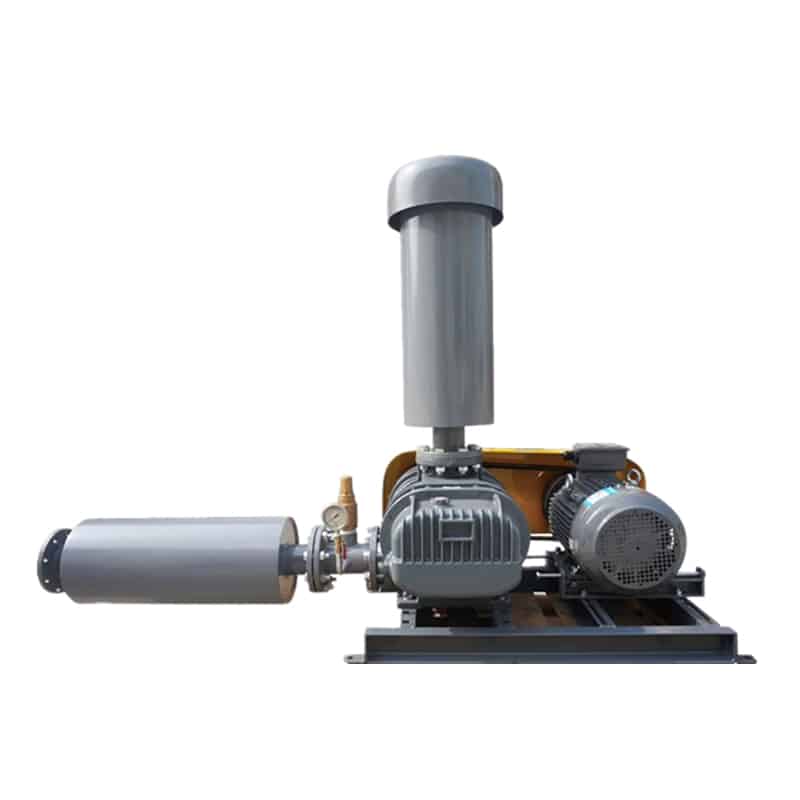
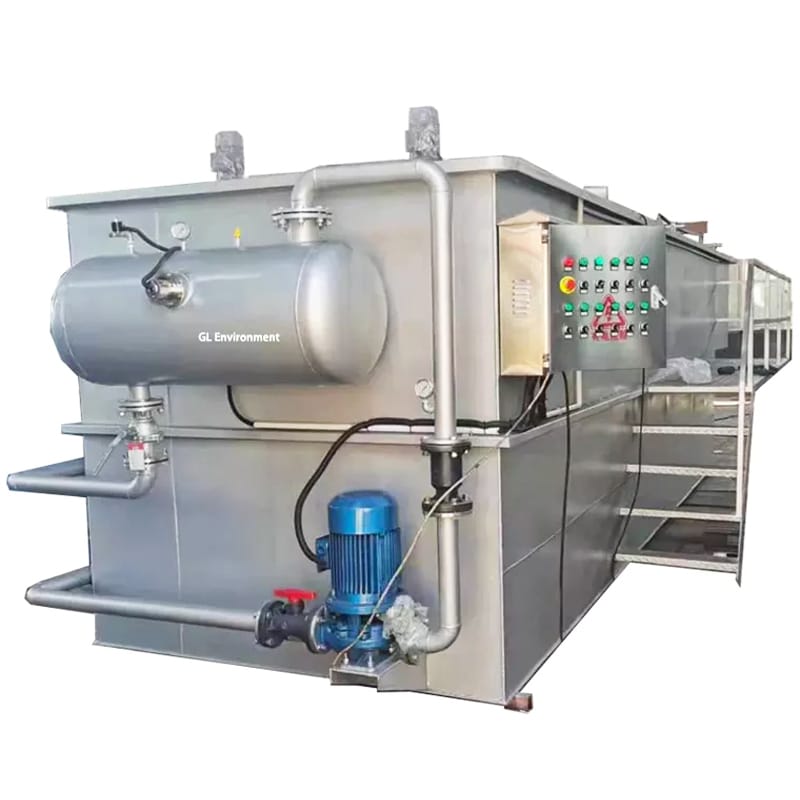
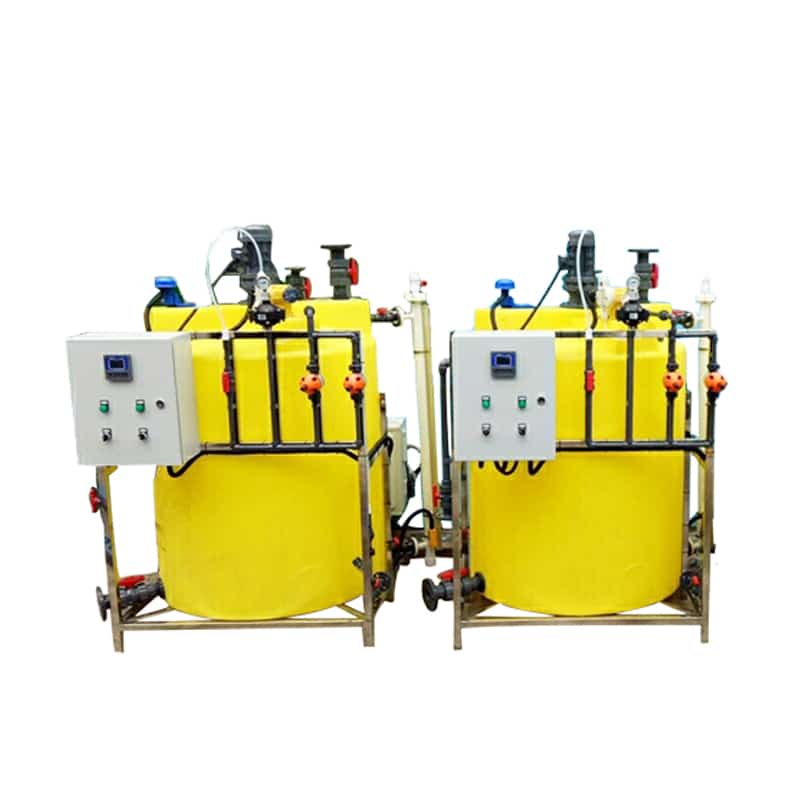
Summary
Understanding wastewater treatment terminology is essential for improving efficiency, ensuring compliance, and optimizing treatment processes. Whether you are a plant operator, environmental engineer, or industry newcomer, mastering these terms will help you make informed decisions and communicate effectively.
At KUOSI, we provide advanced wastewater treatment solutions, including DAF systems, sludge dewatering equipment, and chemical dosing systems. If you’re looking for efficient and cost-effective wastewater treatment equipment, visit our website to explore our innovative solutions.
